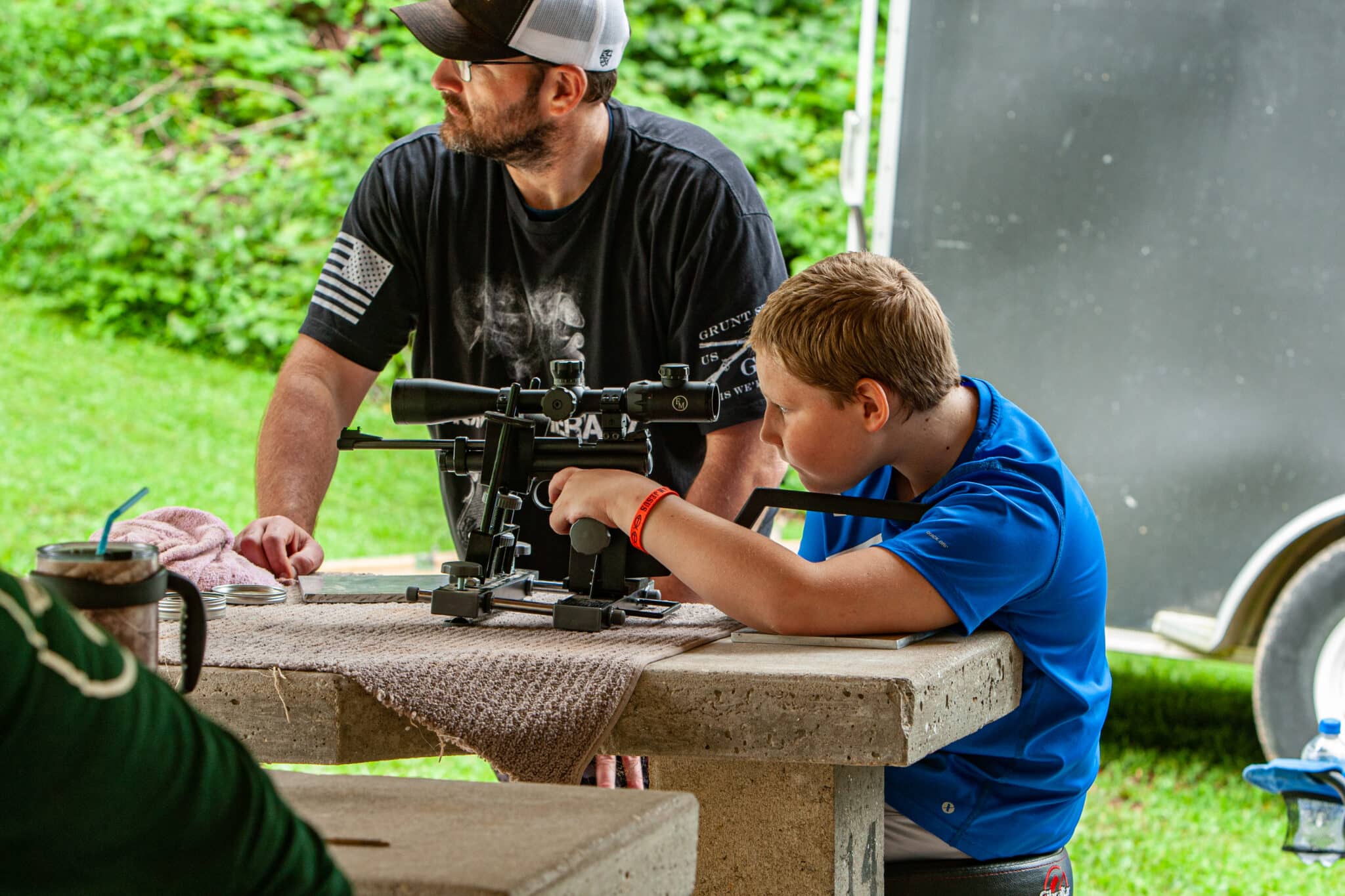BREAKING NEWS: The Long-Dreaded ATF Pistol Brace Final Ruling is HERE!
We and other outlets warned this was coming. Now, the hammer is about to fall on firearms with “stabilizing braces.”
In March of last year, we ran an article alerting readers of the Bureau of Alcohol, Tobacco, Firearms, and Explosives’ (BATFE) intent to reclassify any firearm with a barrel shorter than 16 inches and sporting a pistol stabilizing brace as a short-barrel rifle. At that time, we estimated that this rule change would go into effect by the end of summer 2022. That did not happen, arguably due to the extensive pushback from gun rights advocacy groups and a short list of lawmakers, plus public outcry from within the firearms community.
On Friday, January 13, 2023, we learned that U.S. Attorney General Merrick Garland had signed ATF final rule 2021R-08F titled Factoring Criteria for Firearms with Attached Stabilizing Braces. In short, this rule states that “Any weapons with ‘stabilizing braces’ or similar attachments that constitute rifles under the NFA must be registered no later than _____.” That date will be 120 days after the new rule is published in the Federal Register. This is believed to be sometime during the week of January 16-20, 2023.
And what constitutes an NFA rifle? Any shoulder-fired rifle, any rifle with a buttstock or similar device that is intended to be shouldered, or, now, any pistol-length firearm with an attached stabilizing brace with a barrel length shorter than 16 inches. In effect, pistol-length firearms with an attached stabilizing brace will be classified as an NFA firearm subject to all the same regulations as anything the ATF defines as a short-barrel rifle.
The next question is what to do if you own a pistol-length firearm with a stabilizer brace installed? The ATF will allow firearm owners subject to this new ruling five options:
- Replace the barrel with a barrel that is 16 inches or longer.
- Remove the stabilizing brace so that it cannot be reattached.
- Forfeit the firearm at a local ATF office.
- Destroy the firearm.
- Register the firearm on an e-Form 1 during the 120 days prior to the compliance date.
Should you choose the first option, you are simply turning the pistol-length firearm into a standard rifle by installing a legal-length barrel (16 inches or greater). You would also be free to discard the existing stabilizing brace and install the conventional buttstock of your choice. Fortunately, the conversion process of swapping a barrel on an AR-platform firearm is easy enough. Check out our recent article on building an AR upper receiver assembly for guidance. Just note that installing a new barrel means that you MUST ensure headspace of the new barrel/old bolt meets the SAAMI minimum and maximum dimensions for safety reasons. This process is also covered in this article.
Option two is a non-starter because, as we interpret this, you would have to either damage/modify the existing buffer tube so that the stabilizing brace could not be reinstalled or install a “pistol” buffer tube in its place. A do-able solution, yes, but not practical.
Options three and four are simply no-gos.
Option five is to go through the process of registering your pistol-length firearm with an e-Form 1. This process will reclassify your AR pistol as an NFA short-barrel rifle and allow you to install a proper buttstock. We did this in March of last year and the process went smoothly.
So, there you have it. Barring some sort of legal tackle from our side, the era of pistol-length firearms with stabilizing braces seems to be over.
by the Shoot On staff





